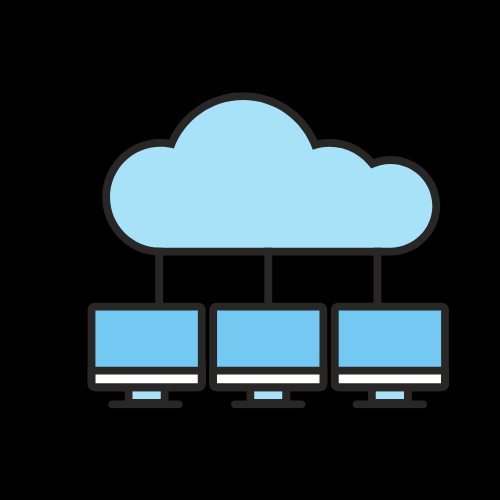[ad_1]
Mastering the Art of B2B Email Lead Generation: Best Practices and Strategies
Email marketing is a crucial aspect of B2B lead generation. With the right tools and strategies, it can be an effective way to reach potential clients and grow your business. In this article, we will discuss the best practices and strategies for mastering the art of B2B email lead generation in a listicle format, with over 1000 words to provide you with comprehensive insights into this essential marketing tactic.
1. Understand Your Target Audience
Before you start any email marketing campaign, it is crucial to understand your target audience. Who are they? What are their pain points? What are their preferences? By understanding your target audience, you can tailor your email content and approach to resonate with them and increase the chances of conversion.
2. Build a Quality Email List
A quality email list is the foundation of successful email lead generation. Instead of buying lists or using outdated information, focus on building your own email list with contacts who have shown genuine interest in your products or services. You can do this by offering valuable content, webinars, or gated resources in exchange for their email addresses.
3. Personalize Your Emails
Personalization is key to engaging your audience and driving conversions. Use personalization tokens to include your recipient’s name, company, and other relevant information in your emails. Additionally, segment your email list based on demographics, preferences, and behavior to deliver targeted and personalized content.
4. Create Compelling Subject Lines
The subject line is the first thing your recipients see, so it’s crucial to make it compelling and attention-grabbing. A compelling subject line can make the difference between your email being opened or sent to the trash folder. Experiment with different subject lines to see what resonates with your audience.
5. Provide Valuable Content
Your email content should provide value to your recipients. Whether it’s educational resources, industry insights, or exclusive offers, make sure your content is relevant and valuable to your audience. By providing value, you can build trust and credibility with your recipients, increasing the likelihood of conversion.
6. Use Call-to-Action Buttons
Every email should have a clear and compelling call-to-action (CTA) that directs recipients to take the next step, whether it’s downloading a resource, signing up for a webinar, or scheduling a demo. Use eye-catching buttons and persuasive language to encourage clicks and conversions.
7. Test and Optimize
Email marketing is not a one-size-fits-all approach. It’s essential to test different elements such as subject lines, content, CTAs, and sending times to see what resonates with your audience. Use A/B testing to compare different variations and optimize your emails for better performance.
8. Nurture Leads with Drip Campaigns
Drip campaigns are a series of automated emails sent to nurture leads over time. Create drip campaigns that deliver valuable content and resources to your leads, gradually guiding them through the sales funnel and ultimately towards conversion.
9. Monitor and Analyze Performance
Monitoring and analyzing the performance of your email campaigns is crucial for understanding what works and what doesn’t. Use email marketing analytics to track open rates, click-through rates, and conversions, and use this data to make informed decisions and improvements to your campaigns.
10. Focus on Mobile Optimization
With the majority of emails being opened on mobile devices, it’s essential to ensure your emails are optimized for mobile viewing. Use responsive design, concise content, and clear CTAs to provide a seamless experience for mobile users.
11. Leverage Email Marketing Tools and Services
There are numerous email marketing tools and services available to streamline the process and enhance the effectiveness of your campaigns. From email automation platforms to analytics and testing tools, leveraging the right tools can significantly improve your email lead generation efforts.
12. Build Trust with Email Authentication
Establishing trust with your audience is essential for successful email marketing. Implement email authentication protocols such as SPF, DKIM, and DMARC to demonstrate to ISPs and recipients that your emails are legitimate and trustworthy.
13. Prioritize Data Privacy and Compliance
With the increase in data privacy regulations such as GDPR and CCPA, it’s crucial to prioritize data privacy and compliance in your email marketing efforts. Obtain consent from your recipients, provide clear opt-out options, and ensure that your email practices align with relevant regulations.
In Conclusion
Email marketing is a powerful tool for B2B lead generation when executed with the right strategies and best practices. By understanding your audience, providing valuable content, and leveraging the right tools, you can master the art of B2B email lead generation and drive meaningful results for your business. Implement the above strategies in your email marketing efforts and see the impact it can make on your lead generation.
[ad_2]
